Ezra & Bracha

The Jewish Wedding
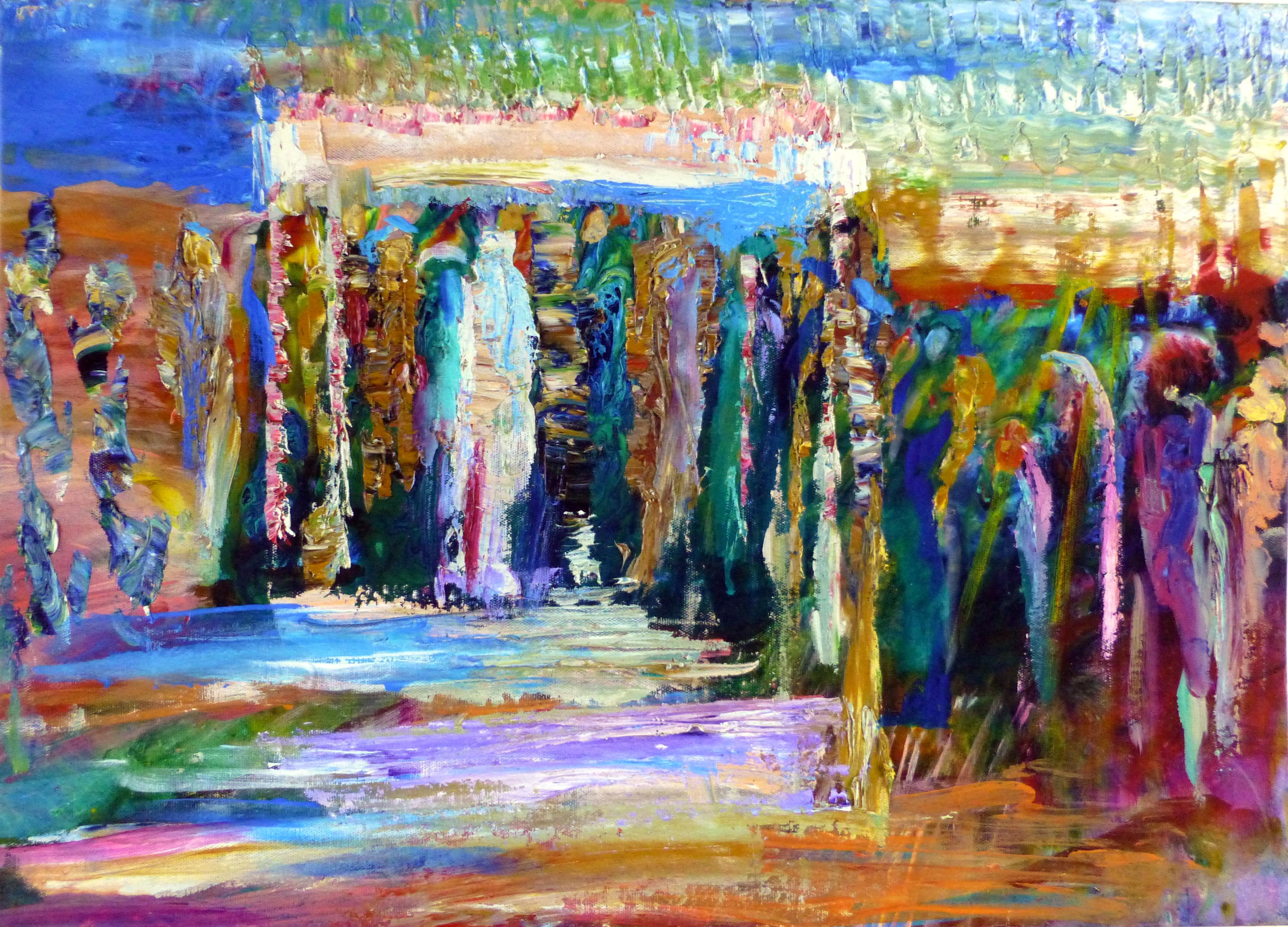
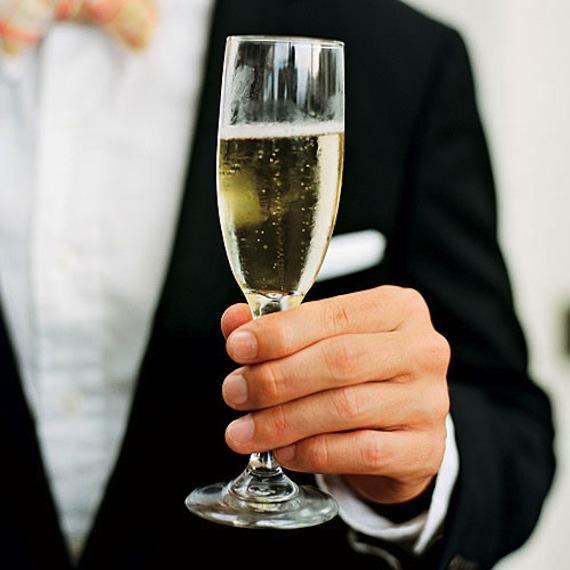
Kabblat Panim
Starting Off The Party
It is customary for the bride and groom to host pre-nuptial receptions shortly before the chuppah ceremony. The bride hosts a women's reception in one room, and the groom hosts a reception for the men in a nearby room. Hors d'oeuvres, light refreshments, and l'chaims are served at both receptions.
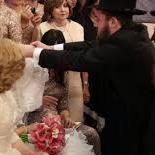
Badeken
Veiling Of The Bride
After the short pre-chuppah receptions hosted by the bride and groom, the badeken ceremony commences. A procession headed by the groom goes to the bridal reception room, where the groom covers the bride's face with a veil. The groom is escorted to the badeken by his father and father-in-law. After the groom veils the bride, the fathers and grandfathers of the bride and groom approach the bride and bless her. The groom's entourage then retreats from the room. The bride and groom proceed with their chuppah preparations and everyone else continues to the site of the chuppah. We're almost there!
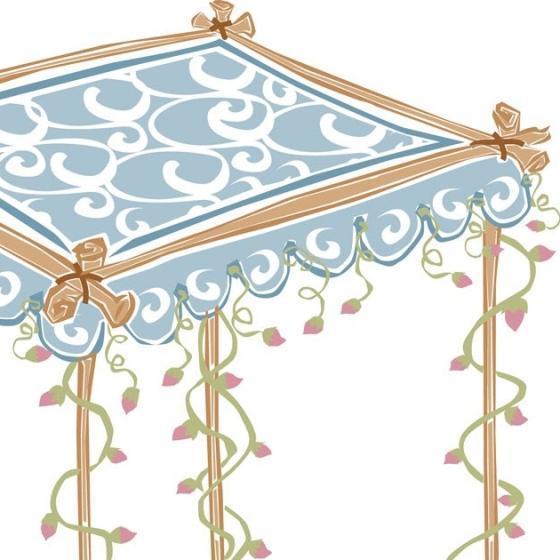
The Chuppah
The Marriage Canopy
The chuppah is a canopy which sits atop four poles. Our custom is that the chuppah be placed outdoors under the open sky, symbolizing that the couple should receive the blessing that G‑d gave our patriarch Abraham: “I will greatly multiply your seed as the stars of the heavens..." Abraham and Sarah were so passionate about the mitzvah of inviting guests, that they built a special tent with an opening on each side. That way, guests could walk straight in regardless of which direction they were coming from. When a bride and groom are forming the foundation of their future life, they do so under a canopy with four “doorways,” symbolizing their commitment to build a household that mirrors this tradition of goodness and kindness.
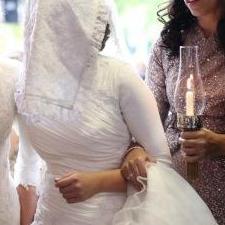
The Procession
Walking Down The Aisle
The bride and groom are escorted to the chuppah by their designated escorts. All the escorts hold candles. Just like every other detail of a Jewish wedding, the candles have deeper significance. Many of the customs at a Jewish wedding correspond to the marriage between G‑d and the Jewish people at the time of the giving of the Torah at Mount Sinai. The candles are reminiscent of the verse: “All the people saw the sounds and the flames..." The numerical value of the Hebrew word for “candle” (נר) is 250 (נ=50 ,ר=200). The numerical value of G‑d’s directive to Adam and Eve, “Be fruitful and multiply” (פרו ורבו), is 500, the same numerical value as two candles.
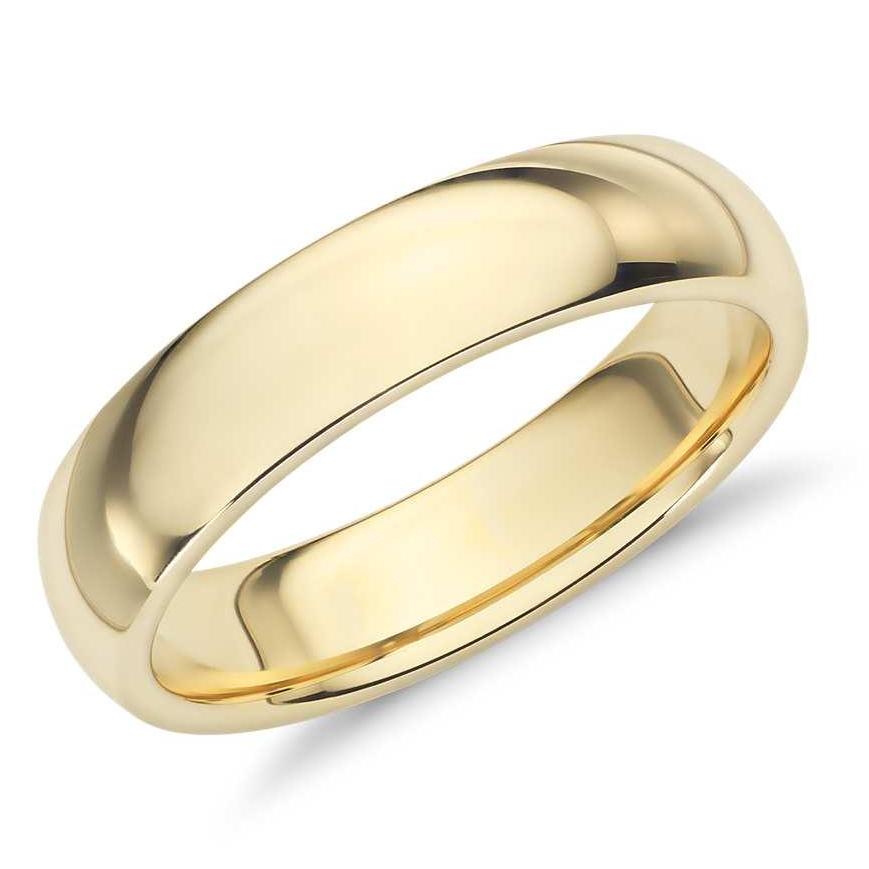
The Ring
The Betrothal
According to Torah law, marriage is a two-step process. The first stage is called "kiddushin," and the second step is known as "nisu'in." Both kiddushin and nisu'in are accomplished successively beneath the chupah. Kiddushin is commonly translated as betrothal, but actually renders the bride and groom full-fledged husband and wife. While there are several ways to effect a kiddushin, the common custom is to do so with a ring — the customary wedding band. The nisu'in is accomplished through "chupah" — the husband uniting with the wife under one roof for the sake of marriage.
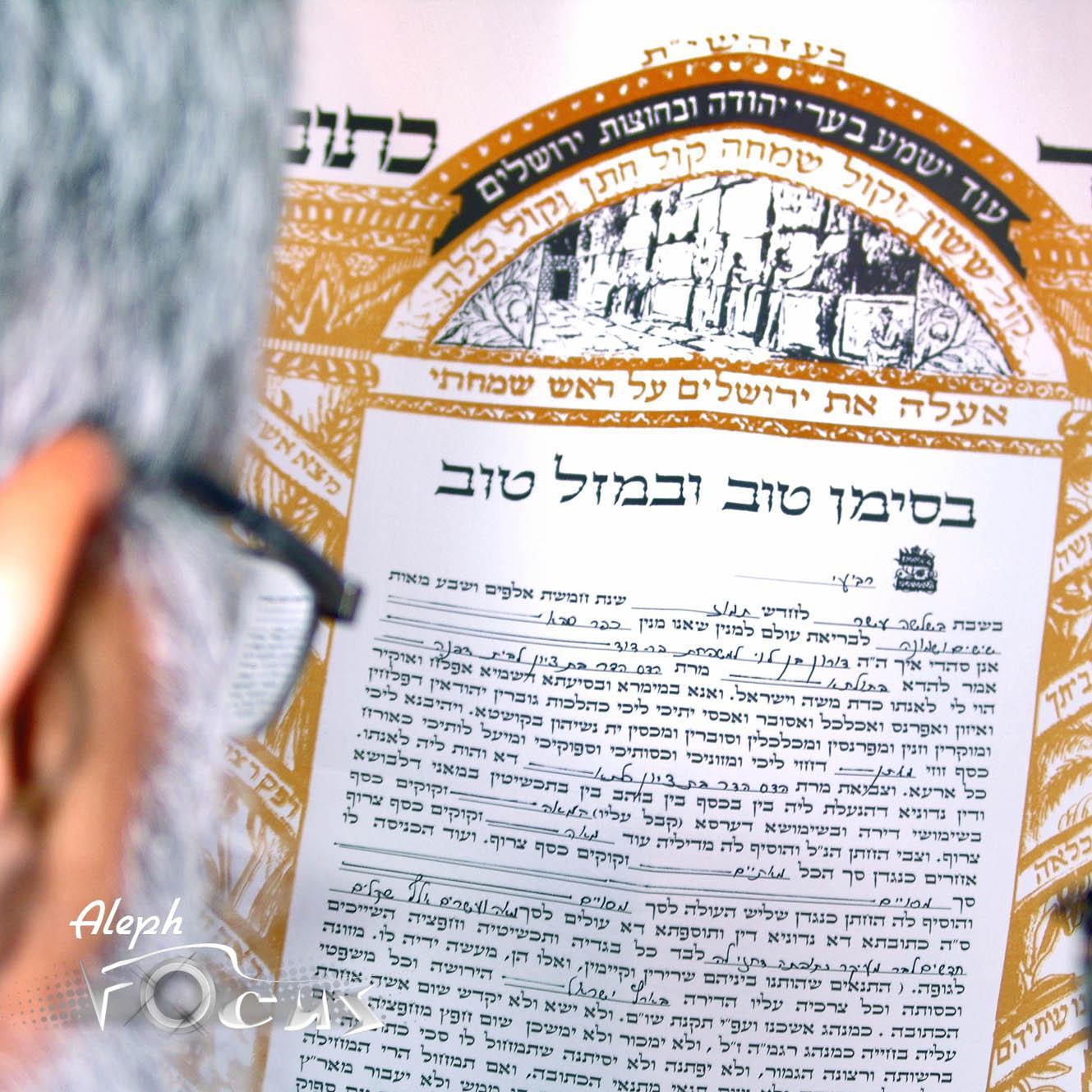
The Ketubah
The Marriage Document
After the groom places the ring on the bride's finger, the ketubah is read aloud. The ketubah is a binding document which details the husband's obligations to his wife, showing that marriage is more than a physical-spiritual union; it is a legal and moral commitment. The ketubah states the principal obligations of the groom to provide his wife with food, clothing and affection along with other contractual obligations. Reading the ketubah at this point serves as a separation between the two phases of marriage — kiddushin and nisu'in. The ketubah states the principal obligations of the groom towards his wifeThe honor of reading the ketubah is normally reserved for a Torah scholar — one who can fluently read the Aramaic text. After it is read aloud, the groom gives the Ketubah to the bride.

Finalizing the Nuptials
Mazal Tov
The focus now shifts to the next and final stage of the marriage ceremony, the recitation of the Sheva Brachot in honor of the bride and groom. The first blessing is the blessing on wine, and the remaining six are marriage-themed blessings. They're beautiful. After the conclusion of the seventh blessing, the bride and groom are once again given a sip from the wine in the cup. A cup is then wrapped well, and placed beneath the right foot of the groom. The groom stomps and shatters the glass, customarily to the crowd's shouts of "Mazal Tov!"
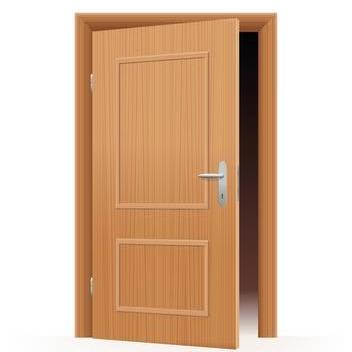
The Yichud Room
Quality Time Together
Immediately after the chuppah, the bride and groom adjourn to the "yichud (seclusion) room," where they spend a few minutes alone. The couple is traditionally escorted into the room by their parents. After a few moments, the in-laws slip out, leaving the couple alone. The door is then locked from the inside. The couple remains secluded in the room for at least eight minutes. Once inside the room, the couple breaks their wedding day fast. It is also a time when the bride and groom customarily exchange gifts. After all the public pomp and ceremony, it is time for the bride and groom to share some private moments.
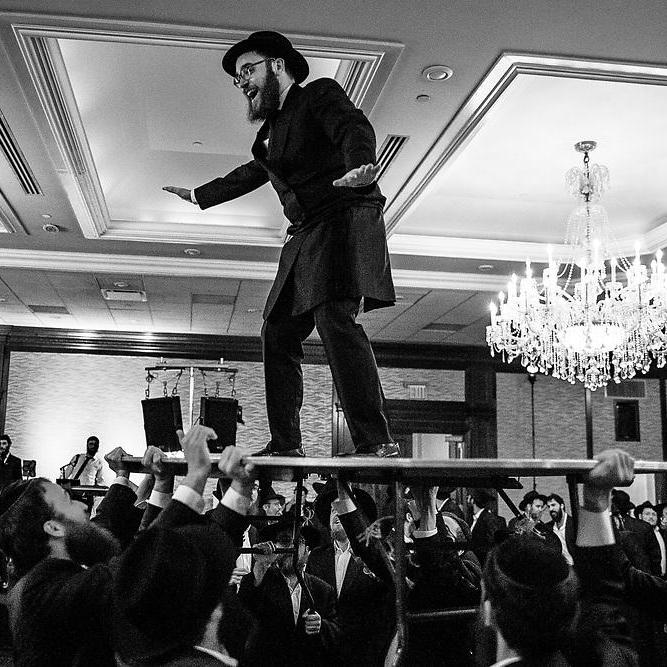
Reception
The Festive Meal And Dancing
While the bride and groom spend a few private moments in the yichud room, the invited guests gather in the wedding hall where the first course of the wedding meal is served. The bride and groom enter the wedding hall, where they are ceremoniously greeted with music, singing and dancing. After the first dance, the bride and groom take their seat at the head table. Traditionally, the groom recites the hamotzi blessing on an oversized challah which is then sliced and shared with the crowd. The men with the groom, and the women with the bride, dance the night away! A mechitzah (divider) should be placed between the men's and women's dancing circles.
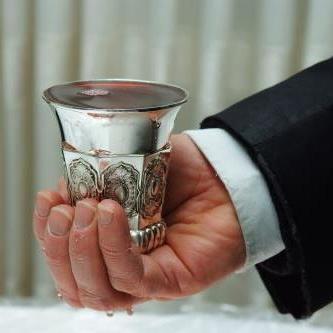
Sheva Brachos
Blessing The Bride And Groom
The wedding meal is followed by the Grace after Meals and the recitation of the Sheva Brachot, the same seven blessings recited beneath the chupah. After the grace is completed, six of the guests are invited to recite the first six blessings of the Sheva Brachot. Each of the honorees recites the blessing while sitting and holding the Sheva Brachot cup. There exists a deep mystical connection between wine and marriage. After the six blessings are recited, the person who led the Grace after Meals recites aloud the hagafen (wine) blessing and sips from his cup. The wine in the two cups are blended (a bit of wine from each cup is poured into the other), and the groom sips from one cup and the bride from the other.